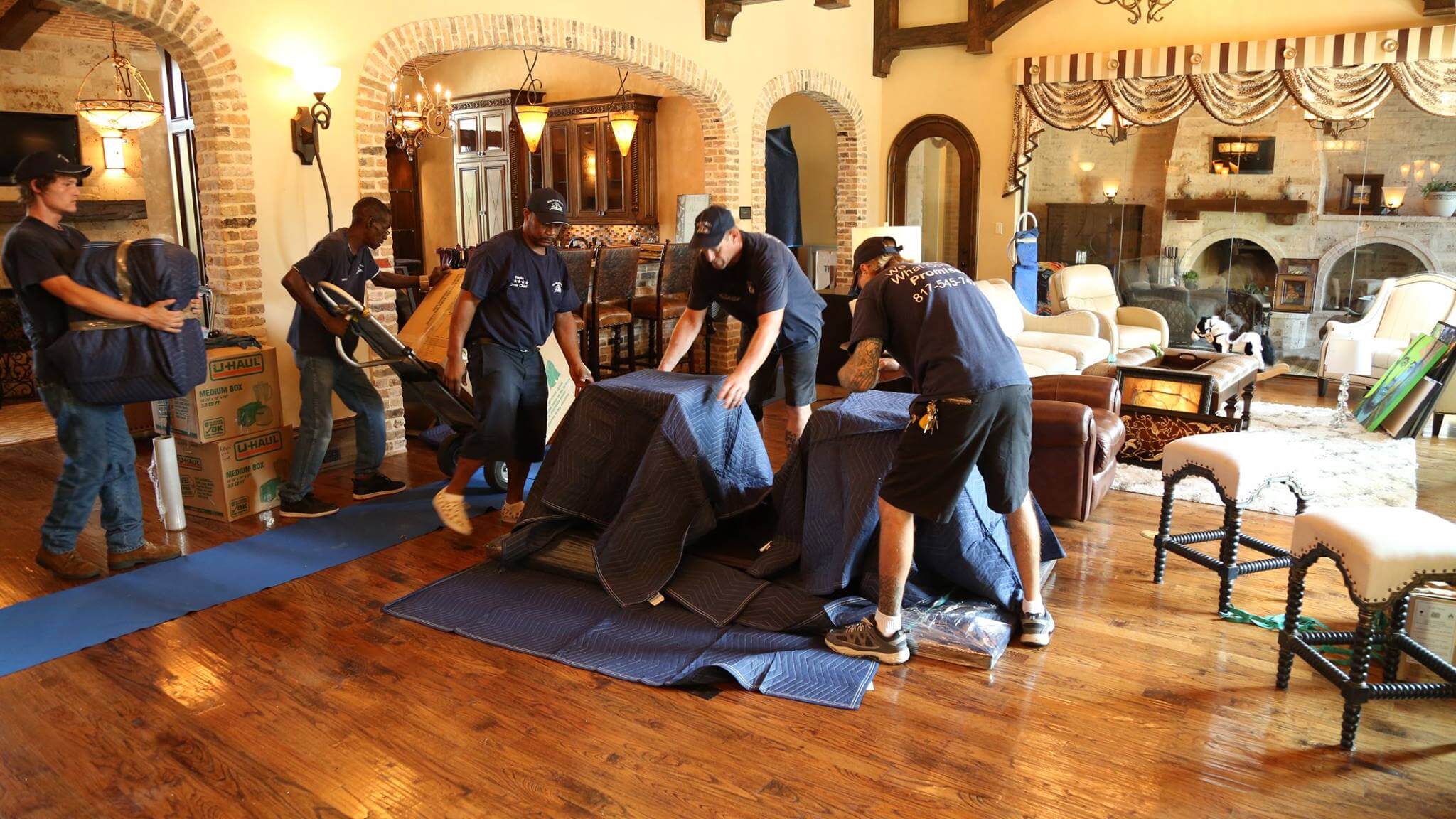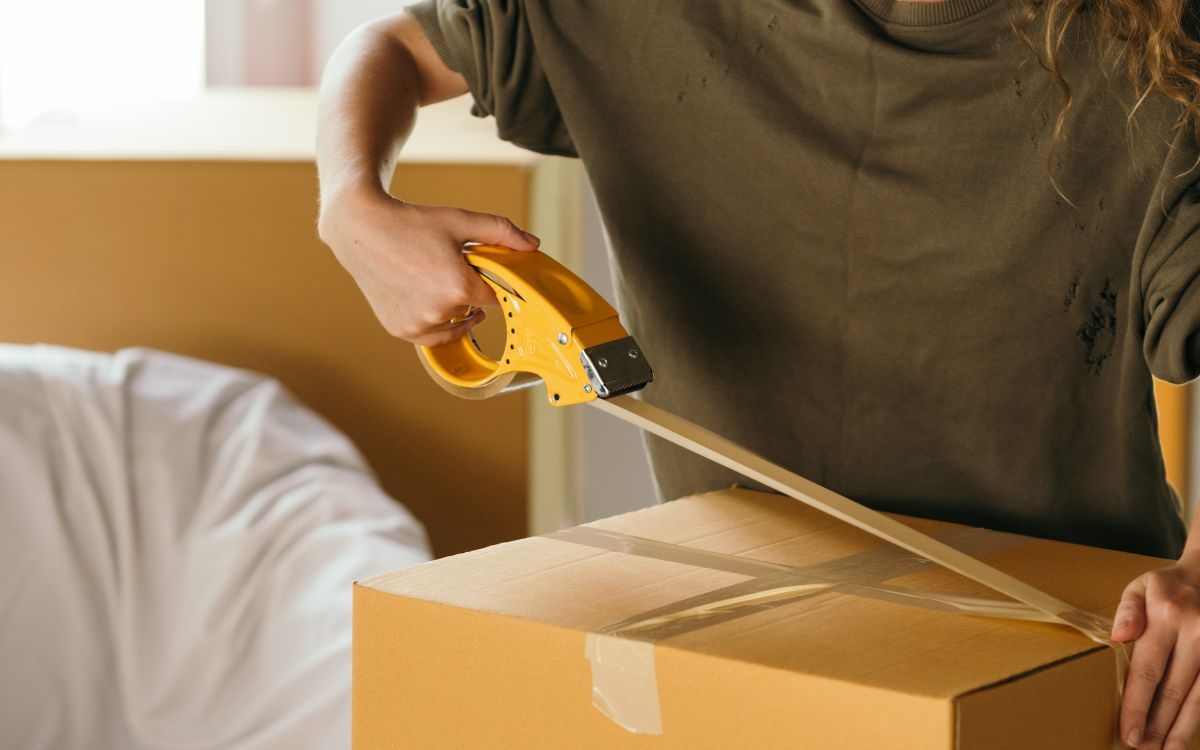
The process of moving is certainly overwhelming, particularly when you have valuables to contend with. With so moving parts to the process, it’s easy to make oversights and let things slip. This is why you have to come up with a plan to properly pack your fine arts collection for transport. Using a trusted mover is step #1. That’s because such a valuable collection poses more challenges than regular items due to the high fragility and value.
We have compiled some helpful strategies for packing up your fine arts in anticipation of a challenging move.
Challenge #1: Inventory
Creating an inventory of all your valuable artwork and paintings is step #1. It’s also a challenge because you have to be very detailed not only about what you have but the condition as well. Plus, this list will help you decide if you want to pack the items yourself or hire your movers to do it. Part of your decision may have to do whether your move is a long distance one or a local one. If your inventory has large, expensive or delicate pieces, you should enlist the help of your mover. The moving company will bring the right equipment, tools and know-how to ensure the job is done precisely and safely. Don’t forget to have your valuable items appraised and insured prior to the move.
Challenge #2: Supplies
The proper supplies are critical to ensuring the safety of your collection. The kinds of supplies you need will depend on the nature and size of each item. Let’s say you own glass-framed prints. Well, you will need special boxes and packaging designed to protect these items and keep them from getting damaged. Corner protectors will prevent chipping, and for sculptures, bubble wrap and peanuts will also stave off damage.
Challenge #3: Protecting Framed Pieces
When packaging something with a glass frame, place two strips of masking or painter’s tape over the glass, stretching it out from corner to corner. This will ensure the glass doesn’t shatter and gouge the artwork if broken. After you have taped the picture, place protectors around the corners, followed by a layer of packing paper. Place the piece between two cardboard pieces, followed by bubble wrapping and placement in a box.
For small mirrors, family photographs, and accent art, you should individually wrap these in newsprint and bubble wrap before you put them vertically into a cardboard box. Line this box with additional bubble wrap or foam padding.
Challenge #4: Protecting Paint on Unframed Art
For artwork with no glass, extra precautions will need to be taken to protect the canvas. The plastic bubble wrap may stick to the paint, particularly over time if it’s been in storage. This is why you shouldn’t apply this type of packing material directly on the art. Rather, use a layer of glassine first to protect it. This is a transparent, acid-free paper. Put a layer of glassine on a table, then place the artwork face-down, secured with artist’s tape. Now you can safely wrap it in bubble wrap, box it up and seal it closed.
For unframed artwork such as canvases, use heavy-duty picture boxes. Then, with masking tape, create an “X” over mirrors and large pieces of glass, which will prevent a shattering hazard in the events the glass gets cracked or broken.
Wrap canvases in unprinted newsprint or plain brown paper so no ink transfers onto the paint. You will also want to use heavy-duty corner protectors and a layer of bubble wrap or foam on the front and back, followed by tucking them securely into large, adjustable picture boxes.
Challenge #5: Labeling the Boxes
Once everything is wrapped, it’s time for labeling each box with its contents. Don’t forget to mark it “fragile.” For sculptures, antiques, and keepsakes, you will need to take a few more precautions. Moving.com suggests that for odd-shaped breakables like these, you should protect them by tucking pieces of foam padding around delicate appendages and into crevices. Then, wrap them in a couple of layers of bubble wrap, packing them into large, individual boxes that you have filled on all sides with many inches of foam padding or packing peanuts.
Challenge #6: Storage
If your fine arts collection is headed to storage first, make sure the storage unit is climate-controlled. This will prevent the growth of mold and mildew, and keep other damage at bay due to humidity and heat fluctuations.
Contact Olde World Movers
For more tips on how to pack your fine arts collection, or to book our professionals to handle this challenging move, contact us for a free estimate in one of our two locations.



